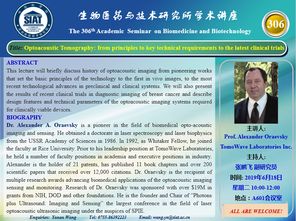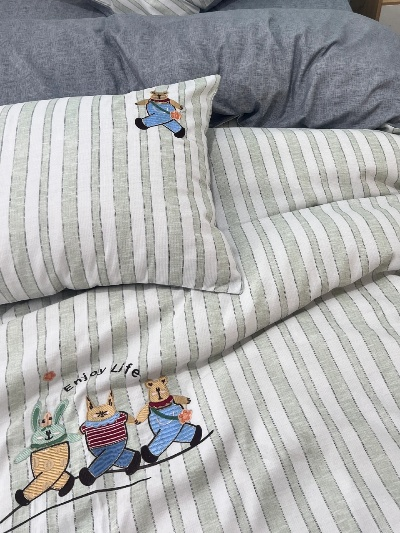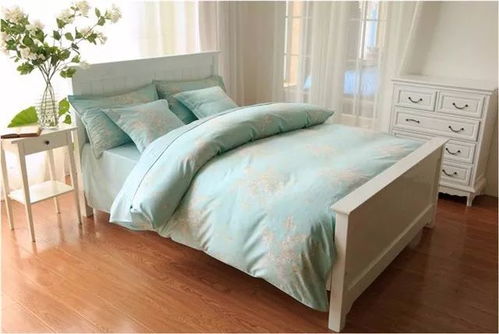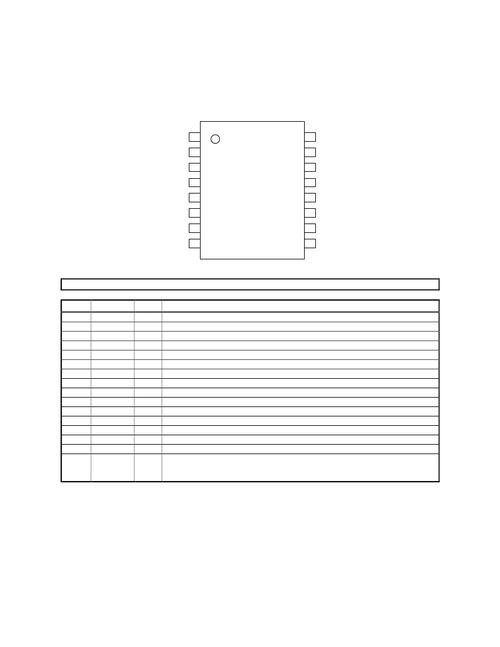Technical Requirements for Textile Sampling
: Technical Requirements for Textile Sampling,Textile sampling is a critical step in the textile industry, as it ensures that the quality and consistency of the final product is consistent. The technical requirements for textile sampling include proper sampling equipment, accurate sample preparation, and thorough testing procedures.,Sampling equipment should be reliable and easy to use, with features such as adjustable sampling depth and precise weight measurement. Proper sample preparation involves selecting representative samples from the entire batch, ensuring they are free from contaminants and have been properly dried or stored. Testing procedures should be standardized and include appropriate statistical methods to ensure the results are reliable and valid.,Overall, textile sampling requires careful attention to detail and adherence to established standards to ensure the quality and consistency of the final product.
Introduction: Textile sampling is an essential process in the textile industry, as it allows manufacturers to evaluate the quality and consistency of their products before final production. The success of this process relies heavily on the accurate representation of the final product's appearance and performance, which necessitates a high level of precision and attention to detail. In this article, we will discuss the technical requirements for textile sampling, including sample preparation, testing methods, and data analysis. We will also provide an example of how these requirements can be applied in practice.

Sample Preparation: The first step in textile sampling is preparing the sample. This involves selecting appropriate materials and cutting them into small pieces that are representative of the final product. Here are some key considerations for sample preparation:
Material selection: The material used for sampling should be representative of the final product. For example, if the final product is made from cotton, the sample should be made from cotton fibers. It is important to ensure that the sample is not affected by any external factors, such as temperature or humidity.
Cutting techniques: When cutting the sample, it is important to use a sharp blade and to cut straight across the fibers. This ensures that the sample is uniform and free from any irregularities that could affect its appearance or performance.
Sample size: The size of the sample should be large enough to represent the entire final product. However, it should also be small enough to be easily handled and analyzed. A common size for samples is 50 square centimeters.
Storage conditions: Once the sample has been prepared, it should be stored in a controlled environment to prevent degradation or changes in appearance.
Testing Methods: Once the sample has been prepared, it can be tested using various techniques to evaluate its quality and performance. Here are some common testing methods:
Color test: This test measures the color of the sample against a standard color chart. It is important to ensure that the sample matches the final product's color accurately.
Texture test: This test measures the texture of the sample using a texture analyzer. It is important to ensure that the sample replicates the final product's texture closely.
Performance test: This test measures the performance of the sample, such as its strength or durability. It is important to ensure that the sample meets the required standards for its intended use.
Data Analysis: After completing the testing, the results should be analyzed to determine whether the sample meets the required standards. Here are some common ways to analyze the data:
Statistical analysis: This involves comparing the results of the sample with those of the final product to determine if there is a significant difference between them.
Visual analysis: This involves visually inspecting the sample and comparing it to the final product to determine if it meets the required standards.
Quality control: Finally, the results of the sampling process should be used to establish quality control standards for future production runs. This ensures that the final product meets the required standards consistently.
Case Study: To illustrate the application of these technical requirements in practice, let's consider the case of a textile manufacturer who produces clothing. They have developed a new fabric that they want to test for its quality and performance. They select a sample of 10 square centimeters of the fabric and prepare it according to the guidelines outlined above. They then conduct a color test, texture test, and performance test on the sample. The results show that the sample matches the final product's color accurately, replicates its texture closely, and meets all performance standards. Based on this information, the manufacturer can establish quality control standards for future production runs and ensure that their new fabric meets the required standards consistently.
Conclusion: Textile sampling is an essential process in the textile industry, as it allows manufacturers to evaluate the quality and consistency of their products before final production. By following the technical requirements outlined above, manufacturers can ensure that their samples accurately represent the final product and meet all necessary standards. In conclusion, textile sampling is a critical step in ensuring the success of any textile manufacturing process, and careful attention to detail and adherence to established protocols are crucial for achieving optimal results.
纺织品打样是确保产品质量的重要环节,其技术要求涵盖多个方面,包括原材料选择、工艺流程、尺寸规格、外观质量等,本文将详细阐述纺织品打样的技术要求,并结合实际案例进行说明。
纺织品打样技术要求
原材料选择
(1)纤维类型:应选择符合国家标准和客户要求的优质纤维,如天然纤维、再生纤维等。
(2)含量与比例:根据产品需求和成本考虑,确定纤维含量和比例。
(3)环保性:关注纤维来源的环保性,选择无污染、可降解的原材料。

工艺流程
(1)设计确认:确保样品设计符合客户要求,避免返工。
(2)试制:根据样品设计进行小批量试制,确保工艺可行性和产品质量。
(3)标准化生产:制定标准化生产流程,确保产品质量的一致性。
尺寸规格
(1)尺寸精度:根据产品需求和客户要求,确定样品尺寸精度。
(2)公差范围:制定样品公差范围,确保产品符合客户要求。
外观质量
(1)颜色:颜色应符合国家标准和客户要求,确保产品外观美观。
(2)纹理:纹理应清晰、自然,符合产品风格和设计要求。
(3)质地:质地应均匀、柔软,手感舒适。
实际案例分析
以某知名纺织品品牌为例,其纺织品打样技术要求如下:
原材料选择
该品牌选择优质天然纤维作为主要原料,同时注重环保性,选择可降解的再生纤维,在纤维含量和比例方面,根据产品需求和成本考虑,确定合适的比例,该品牌还关注纤维来源的可持续性,选择来自可持续农业的原材料。
工艺流程
该品牌制定了标准化生产流程,包括设计确认、试制和批量生产三个阶段,在设计阶段,该品牌与设计师紧密合作,确保样品设计符合客户要求,在试制阶段,该品牌进行了小批量试制,通过不断优化工艺流程,确保产品质量和生产效率,在批量生产阶段,该品牌注重产品质量的一致性,制定了严格的生产标准和质量控制措施。
尺寸规格
该品牌的产品尺寸精度较高,严格按照国家标准和客户要求进行控制,该品牌还制定了样品公差范围,确保产品符合客户要求和市场需求,该品牌注重样品外观质量的把控,颜色、纹理和质地等方面都符合客户要求和品牌形象。
纺织品打样的技术要求涵盖多个方面,包括原材料选择、工艺流程、尺寸规格和外观质量等,在实际操作中,企业应注重产品质量和生产效率的提高,同时注重环保性和可持续性,通过制定严格的技术要求和质量控制措施,企业可以确保产品质量的一致性和稳定性,提高市场竞争力。
Articles related to the knowledge points of this article:
Top Textile Companies Websites
The Elegant Threads of杏林康信家用纺织品



